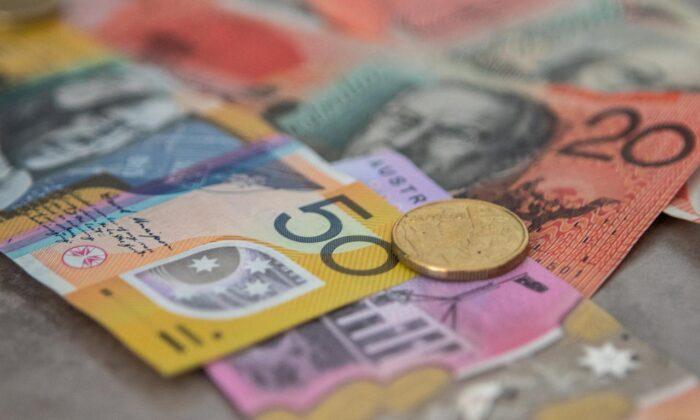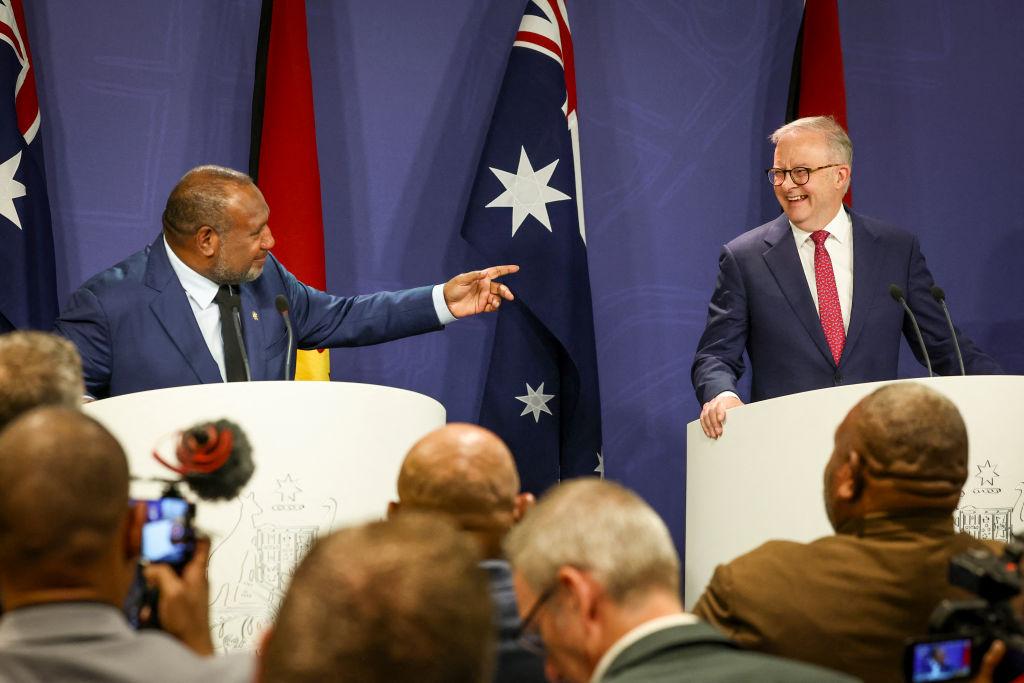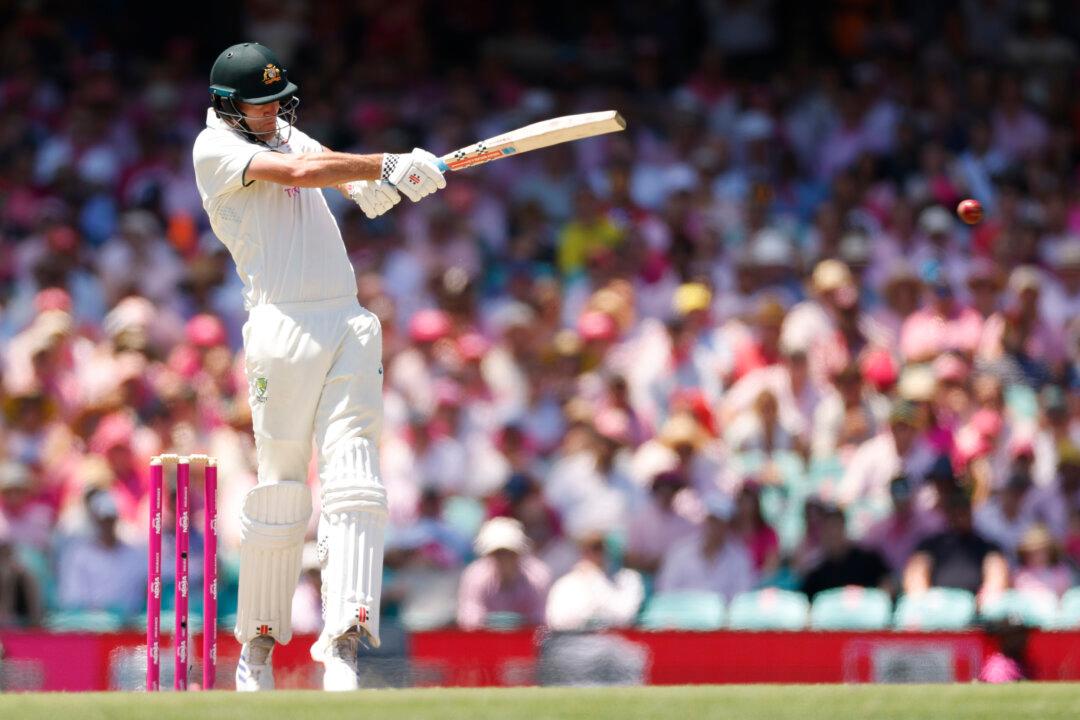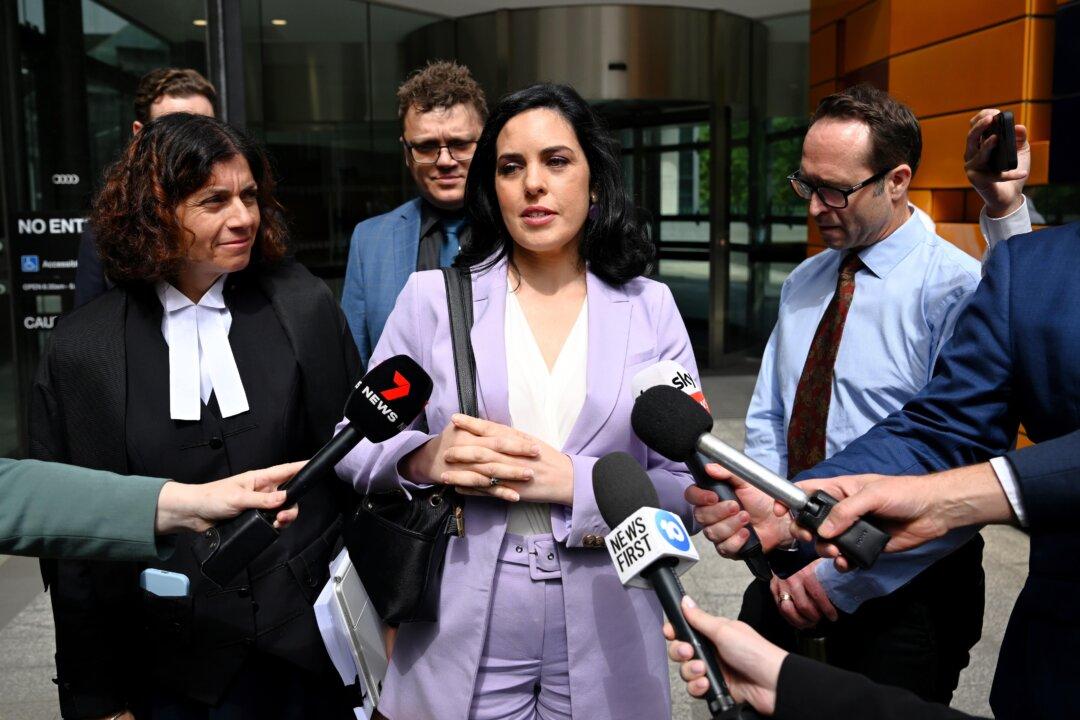The Australian centre-left federal government has backed a minimum wage increase for the country’s workers arguing that pay rates “should not go backwards.”
The submission from the government comes in a bid to help Australians cope with rising cost of living pressures including inflation rates of 5.1 percent, with the Reserve Bank of Australia estimating it will reach six percent by the end of June 2022.
“Keeping wages low is no longer a position from the government of Australia, we want to make sure that wages can get moving, and the first step of that was taken today,” Tony Burke, the minister for employment, told reporters on June 3.
“We have made clear to the Fair Work Commission in its annual wage review that the position of the government is that we do not want low paid workers to go backwards.”

The Fair Work Commission conducts an annual review of wage rates and determines how much minimum wages should increase, currently in Australia the basic rate is $20.33 (US$14.75) per hour if it does not come under any industry award.
Prime Minister Anthony Albanese had previously backed a 5.1 percent wage increase when he was on the campaign trail, but in Labor’s submission to Fair Work, an exact figure was not mentioned.
In fact, Burke and Prime Minister Albanese said wage rates should not “automatically increase” in line with inflation, as the government’s broader economic plan was to try to boost productivity across the board.
Inspired by the Hawke-Keating Labor government of the 1980s, Albanese is set to hold a Jobs Summit between the government, big business, and trade unions to discuss, create, and agree to a productivity plan for the country.
The plan, once implemented, would, in theory, spur productivity in the economy and subsequent wage growth—this, in turn, would help Australians overcome the spiralling cost of living issues—prices for petrol, food, electricity and even building materials have spiked over the past few months.





